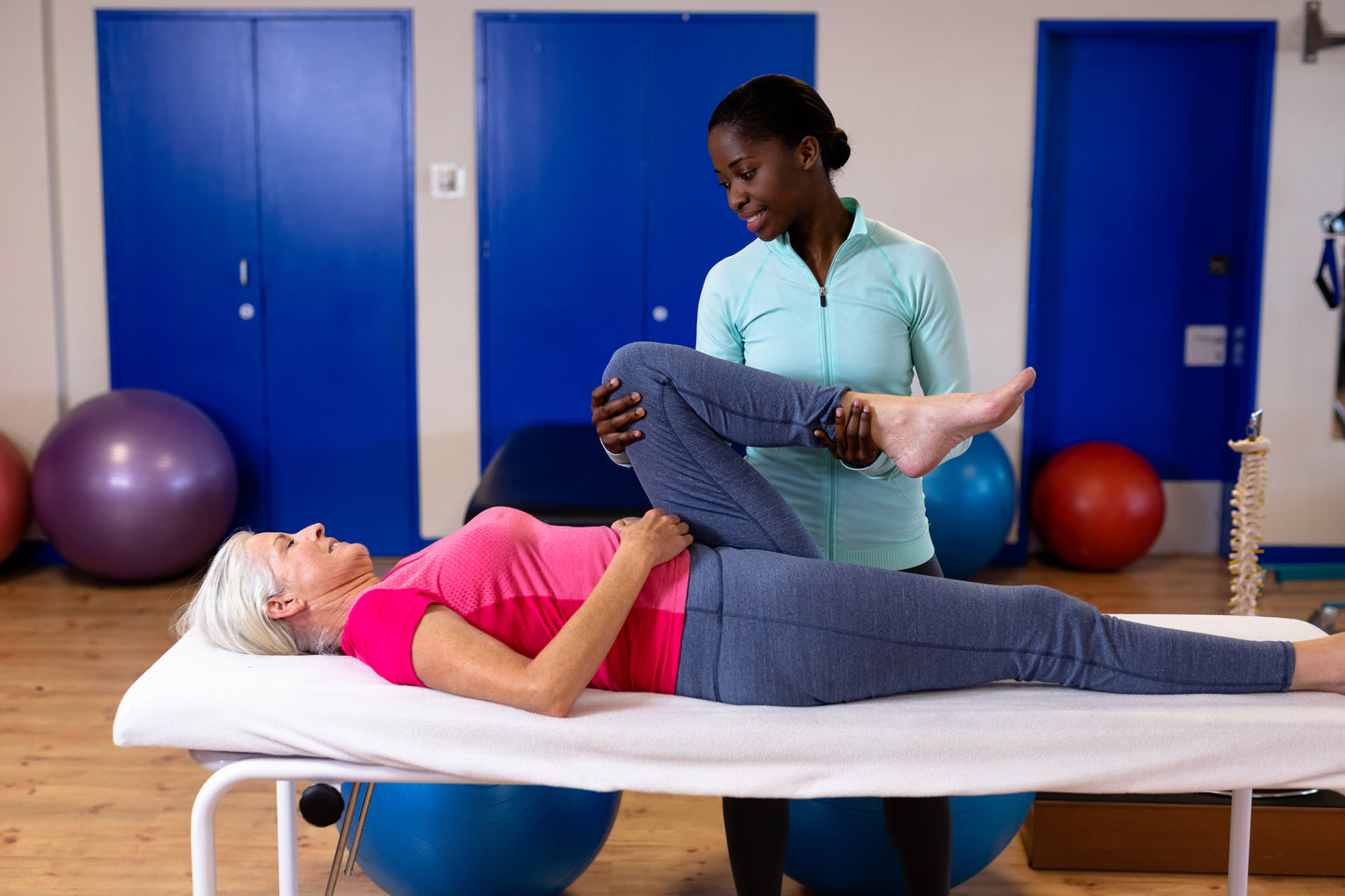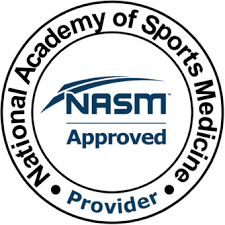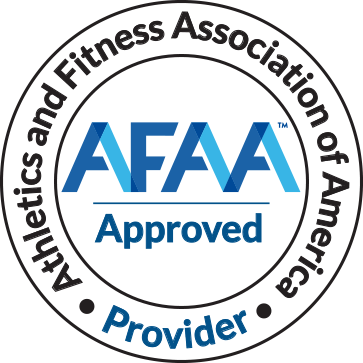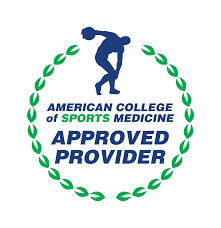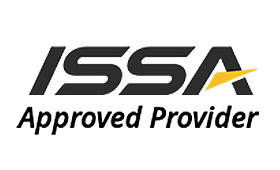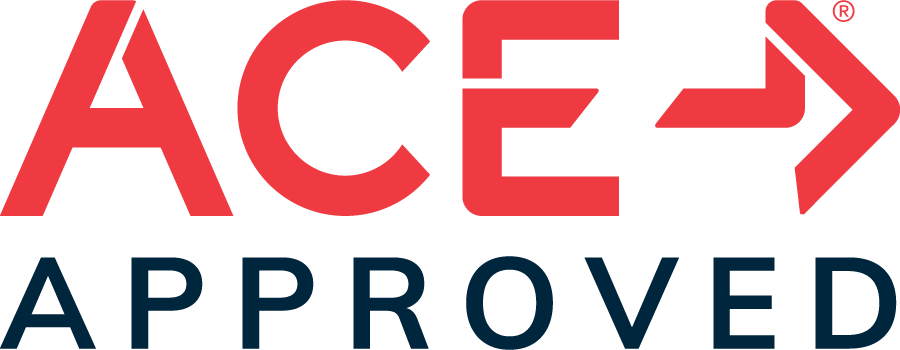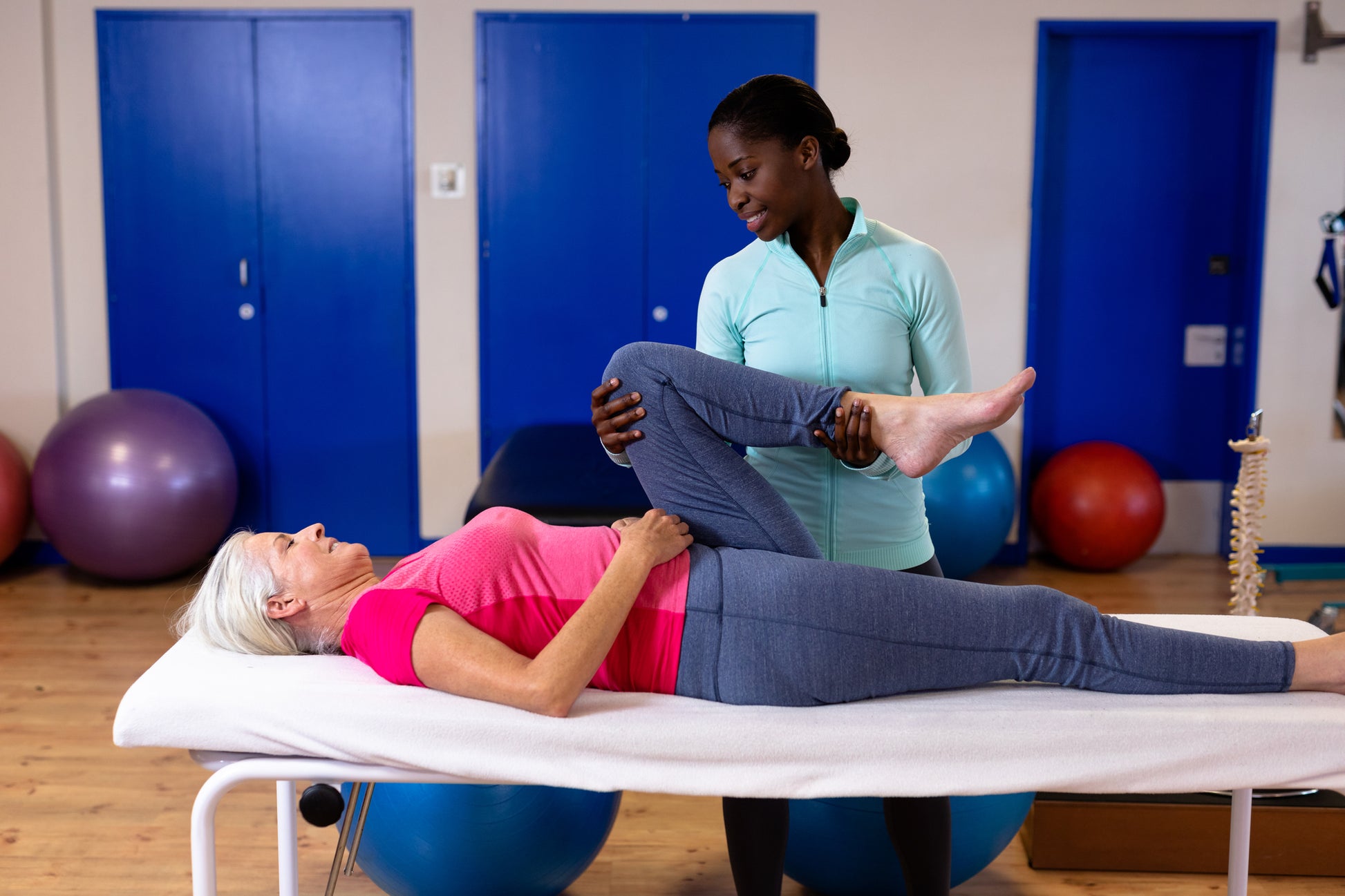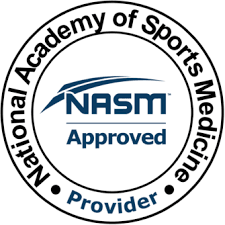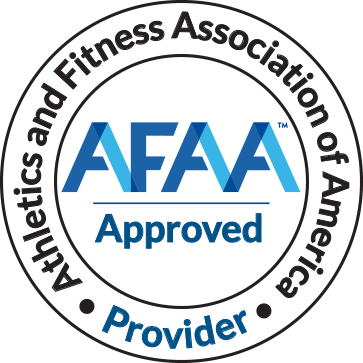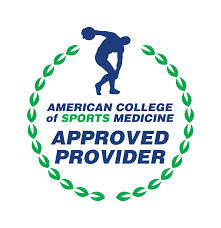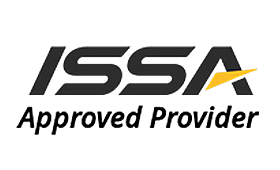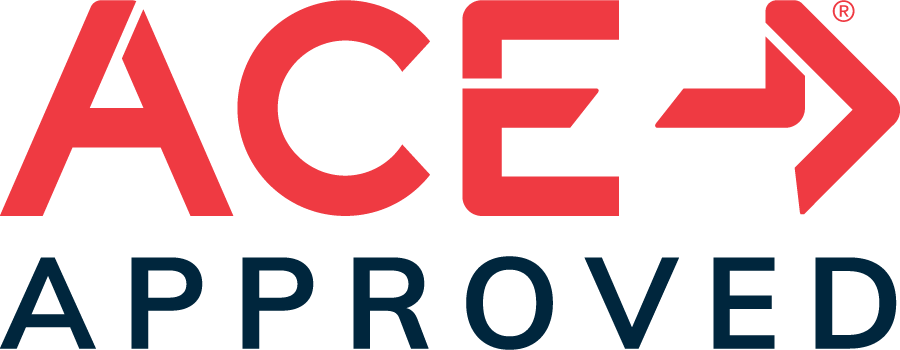Flexibility and Mobility Specialist Course
Couldn't load pickup availability
5 Continuing Education Hours
|
CEU/CEC Credits By Certifying Body |
|||||
|
NASM |
AFAA |
ACSM |
ISSA |
ACE |
|
|
0.5 CEUs |
5.0 CEUs |
5.0 CECs |
5.0 CEUs |
0.5 CECs |
|
This Stretch Course aims to deepen your understanding of stretching, its benefits, and effective execution. The course highlights the growing trend of stretching facilities and how they can serve as a viable revenue stream for fitness professionals. It delves into the therapeutic aspects of stretching, offering insights into the practitioner's scope of practice, consent procedures, and client history collection.
The curriculum explores the subtle differences between providing a prognosis and diagnosing, teaching when to refer clients to specialists. It covers stretching physiology, muscle anatomy, muscle imbalances, and flexibility factors. The benefits of stretching like enhanced recovery, improved athletic performance, reduced soreness, and injury prevention are discussed.
The course provides a thorough overview of various stretching modalities and their respective contraindications. It includes an in-depth analysis of Assisted Isolated Stretching (AIS) and also encompasses the dynamics of conducting small group stretch classes.
We will guide you through conducting assessments, integrating breath work into routines, and managing client expectations. It also addresses the contraindications of stretching related to spine conditions, arthritis, etc.
Included are suggested exercise routines for different body parts and recommended props. The course concludes with effective implementation and marketing strategies for your stretch specialization, supported by testimonial interviews and case studies. This course is designed to empower you with the expertise and techniques needed to cultivate a clientele that is both healthier and more flexible.
Learning Objectives:
- Recall the benefits of stretching such as enhanced recovery, improved athletic performance, reduced soreness, and injury prevention.
- Explain the physiology of stretching, muscle anatomy, muscle imbalances, and factors affecting flexibility.
- Demonstrate effective execution of various stretching modalities including Assisted Isolated Stretching (AIS) and small group stretch classes.
- Differentiate between providing a prognosis and diagnosing, and identify when to refer clients to specialists.
- Assess client's flexibility and muscle balance, understanding when stretching may be contraindicated such as in certain spine conditions or arthritis.
- Develop personalized stretching routines for different body parts using recommended props, integrating breath work, and managing client expectations.
- Implement effective marketing strategies for your stretch specialization to cultivate a clientele that is healthier and more flexible.
- Critically review testimonial interviews and case studies to enhance your understanding and application of stretching principles and techniques in real-world scenarios.
